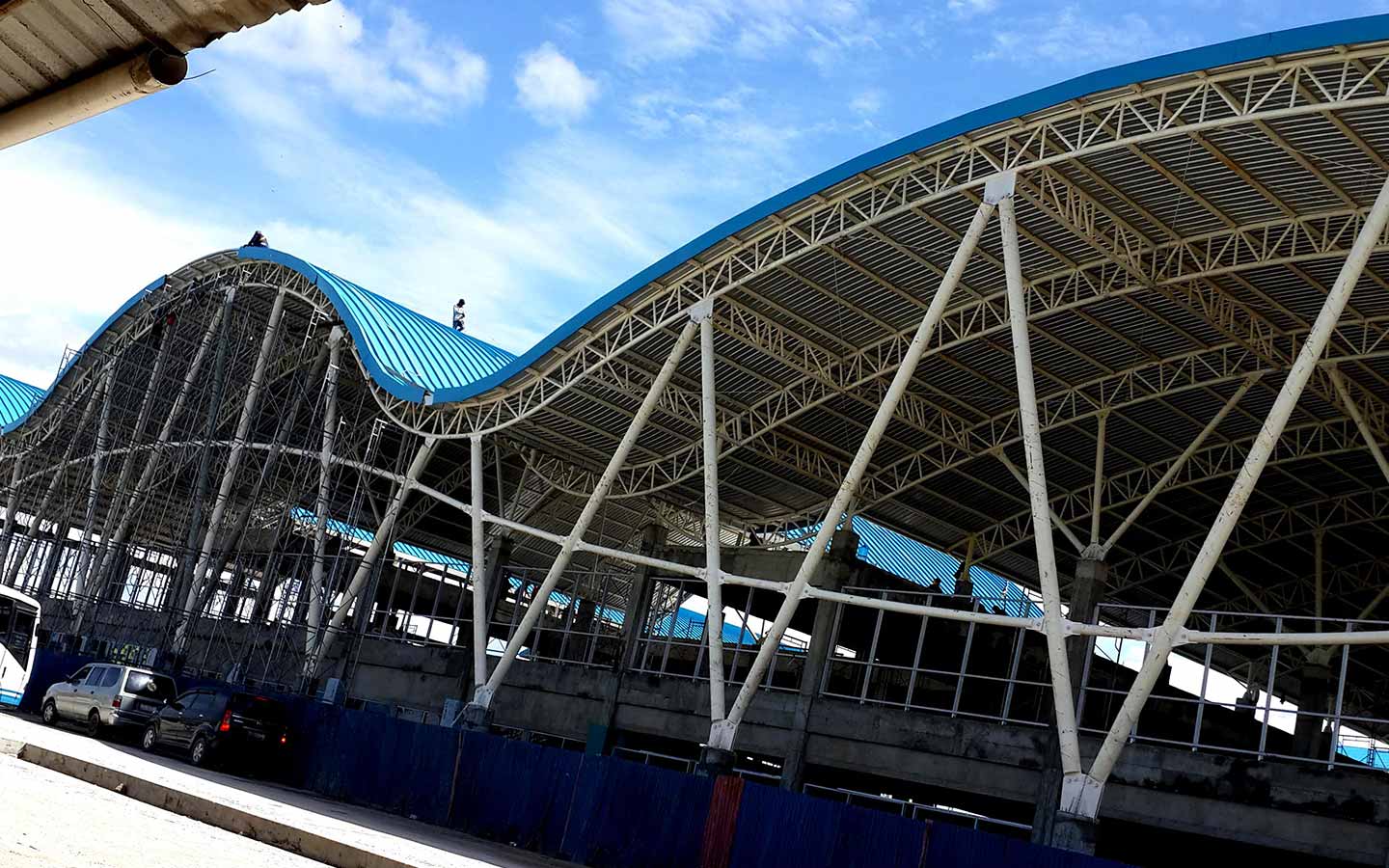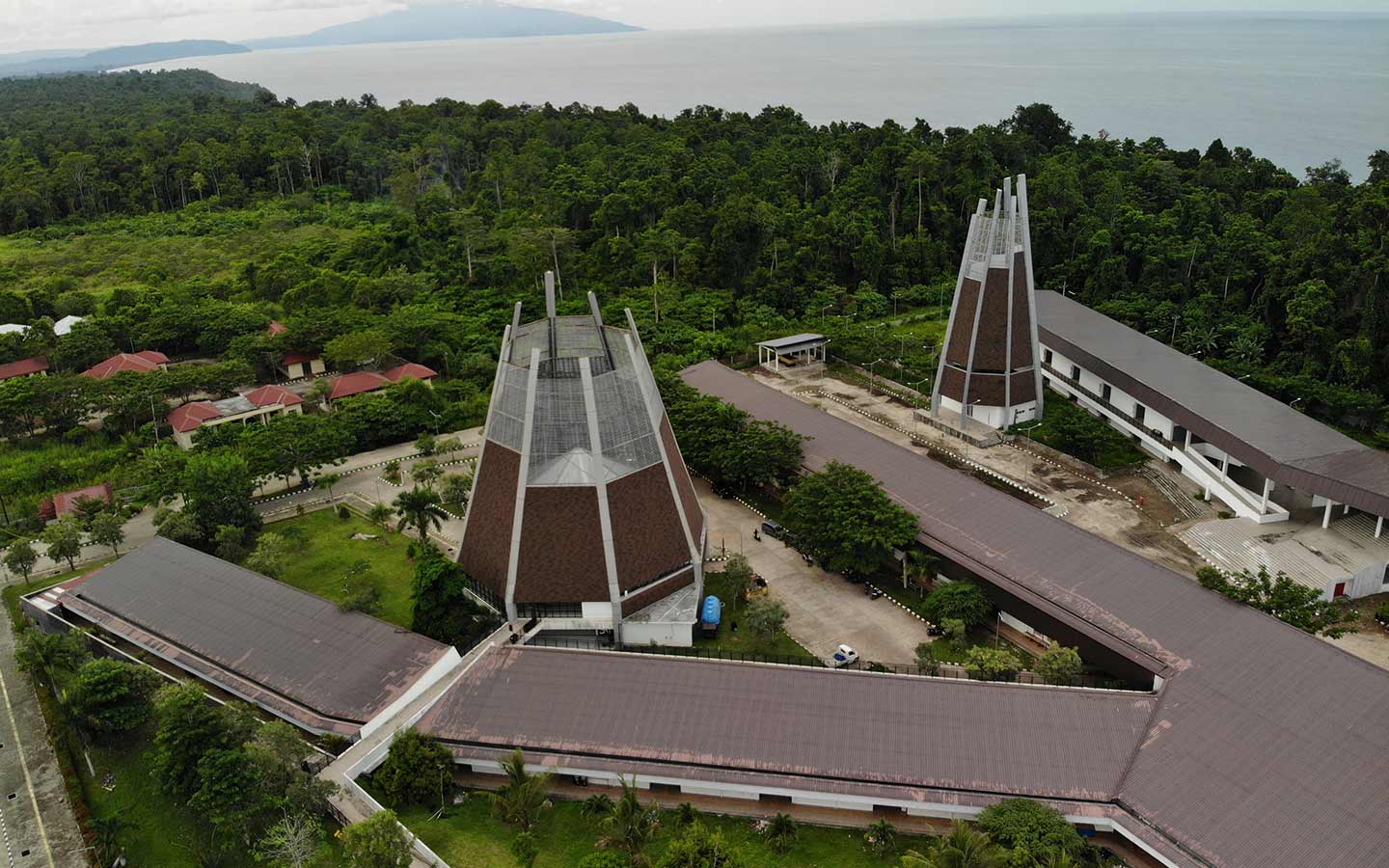16 Jul 2024
Get to know the differences between Neo Vernacular and Vernacular architecture
Get to know the differences between Neo Vernacular and Vernacular architecture
Share:
Often, many people are confused by terms like "neo vernacular architecture" and "vernacular." The line between them is indeed subtle. However, identifying the differences between them is not as difficult as imagined.
You might wonder if these differences are merely about style or if there's a deeper distinction that sets them apart. Let's delve deeper to find out.
Differences Between Neo Vernacular Architecture and Vernacular Architecture
Although sounding similar, neo vernacular architecture and vernacular architecture actually have very fundamental differences. Vernacular architecture is the result of generations of tradition influenced by external factors that impact both physically and non-physically. This architectural style naturally evolves in harmony with the environment, culture, and local history where it develops.
 The Condensery, Somerset Regional Art Gallery menggunakan COLORBOND®. Didesain oleh PHAB Architects (Brant Harris & Ashley Paine). Salah satu contoh penerapan arsitektur vernakular.
The Condensery, Somerset Regional Art Gallery menggunakan COLORBOND®. Didesain oleh PHAB Architects (Brant Harris & Ashley Paine). Salah satu contoh penerapan arsitektur vernakular.
On the other hand, neo vernacular architecture adopts elements from traditional architecture but with modifications towards a more modern design. This creates an architectural evolution that harmoniously and innovatively combines elements of the past with the present.
Basic Principles of Neo Vernacular Architecture
Neo vernacular architecture embraces a philosophy that blends the richness of local traditions with the needs of modern times. To achieve this goal, there are several guiding principles. Here are the principles of neo vernacular architecture:
1. Grounded in Local Architecture
Buildings serve not only as physical structures but also as reflections of local cultural values. Therefore, neo vernacular architecture must be adaptive and capable of integrating traditional elements with modern needs.
2. Harmonious Integration with the Surrounding Landscape
 Domine Eduar Osok Airport in Sorong, Southwest Papua, utilizes COLORBOND®. The Sonata Blue color not only creates an attractive appearance but also harmonizes the building with its surrounding environment.
Domine Eduar Osok Airport in Sorong, Southwest Papua, utilizes COLORBOND®. The Sonata Blue color not only creates an attractive appearance but also harmonizes the building with its surrounding environment.
Neo vernacular architecture emphasizes the importance of harmonious integration with the surrounding landscape. Buildings are not separate entities. They must also blend with the surrounding environment, particularly in the context of geographical and physical conditions.
3. Future Anticipation
Neo vernacular architecture considers not only current needs but also explores sustainable and adaptive solutions for the future. Therefore, it's not surprising that neo vernacular buildings tend to withstand the test of time and remain relevant amidst changing times.
4. Abstract Expression of Cultural Traditions
 Sultan Thaha Jambi International Airport utilizes COLORBOND®.
Sultan Thaha Jambi International Airport utilizes COLORBOND®.
Neo vernacular buildings do not merely mimic traditional forms but reinterpret cultural meanings through a modern perspective. This results in designs that are not only aesthetic but also meaningful.
Characteristics of Neo Vernacular Architecture
Identifying neo vernacular architecture is actually quite straightforward. You can recognize it based on the following characteristics:
1. Overhanging Gable Roof
One characteristic of neo vernacular architecture is the use of overhanging gable roofs that sometimes extend over parts of the building walls, almost touching the ground. This creates a strong impression from the exterior and provides effective protection against external weather conditions. The roof often becomes a prominent element in the design due to its adaptation from vernacular architecture, thus sometimes having a relatively large size.
2. Environmentally Friendly Shapes with Vertical Proportions
 Skouw Market in Jayapura utilizes COLORBOND®.
Skouw Market in Jayapura utilizes COLORBOND®.
The form of neo vernacular buildings tends to adopt traditional shapes that are environmentally friendly. Often, these proportions lean towards verticality, which can give the building a strong monumental impression.
3. Relationship Between Open Interior and Outdoor Spaces
A distinctive feature of neo vernacular architecture is the unity created between open interior spaces and the outdoor areas of the building. This design not only enhances the quality for occupants but also connects the building with its social and environmental context.
4. Use of Strong and Contrasting Colors
The use of strong and contrasting colors is often a hallmark of neo vernacular architecture, although not always. These colors are used to emphasize the form, structure, and highlighted elements of the building. Sometimes, decorative motifs are also employed. However, many also incorporate neutral colors such as common brown hues found in vernacular architecture.
Create Harmony with Neo Vernacular Architecture using COLORBOND® Steel
By selecting COLORBOND® steel, you're choosing not only revolutionary innovation but also instilling pride in every detail. With technology tested for over 50 years, COLORBOND® ensures it's not just a construction material but a partner in creating impressive architectural works.
The unique combination of neo vernacular architecture principles with the strength and beauty offered by COLORBOND® steel will produce buildings that are not only aesthetically pleasing but also durable. This perfect blend respects the environment and tradition while delivering enduring beauty for generations to come.

